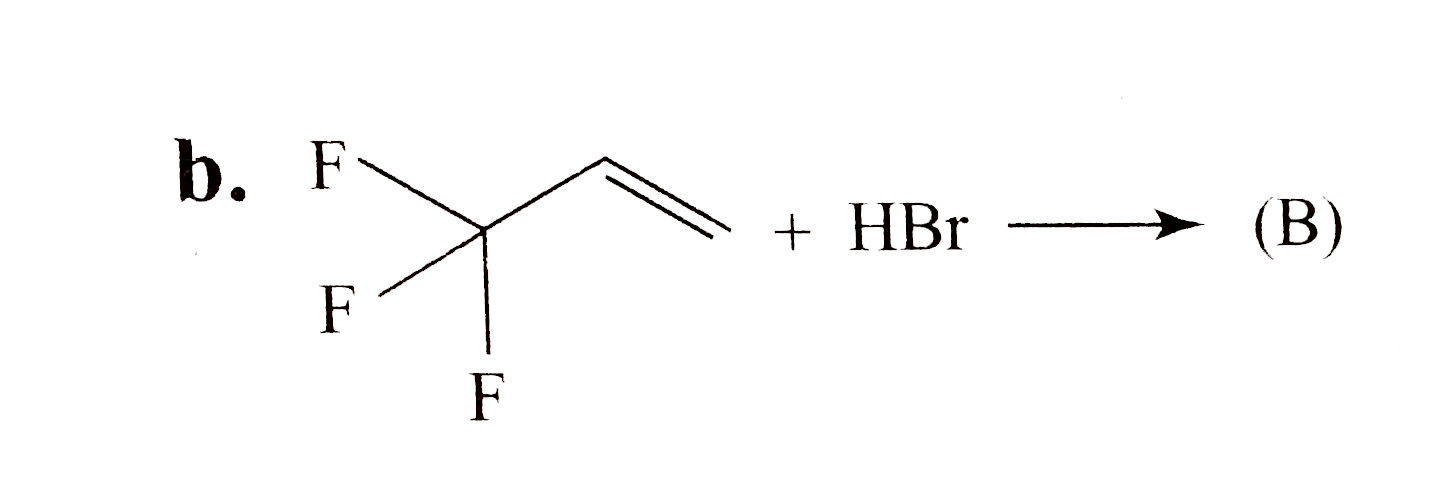Complete the following by giving the name of digestive juice/enzyme and the product formed in each case.
Starch :____
(a)Saliva
(b) Oesophagus
(c ) Tongue
(d) Liver
To complete the question regarding the digestion of starch, we need to identify the digestive juices or enzymes involved and the products formed at each stage. Here’s the step-by-step solution:
1. Starch in the Mouth: When food containing starch enters the mouth, it mixes with saliva.
- Digestive Juice/Enzyme: Saliva (specifically, salivary amylase)
- Product Formed: Maltose
2. Starch in the Oesophagus: The oesophagus primarily serves as a passageway for food to move from the mouth to the stomach. There is no significant digestion of starch occurring here.
- Digestive Juice/Enzyme: None (the oesophagus does not produce digestive enzymes)
- Product Formed: None (the food is just being transported)
3. Starch and the Tongue: The tongue helps in mixing the food with saliva but does not produce any digestive juices or enzymes itself.
- Digestive Juice/Enzyme: None (the tongue does not secrete digestive enzymes)
- Product Formed: None (the tongue aids in mixing but does not digest)
4. Starch in the Liver: The liver produces bile, which is important for the digestion of fats, but it does not directly act on starch.
- Digestive Juice/Enzyme: None (the liver does not produce enzymes that act on starch)
- Product Formed: None (the liver is not involved in starch digestion)
Final Answers:
- Starch:
- (a) Saliva → Maltose
- (b) Oesophagus → None
- (c) Tongue → None
- (d) Liver → None
- Digestive Juice/Enzyme: Saliva (specifically, salivary amylase)
- Product Formed: Maltose
- Digestive Juice/Enzyme: None (the oesophagus does not produce digestive enzymes)
- Product Formed: None (the food is just being transported)
- Digestive Juice/Enzyme: None (the tongue does not secrete digestive enzymes)
- Product Formed: None (the tongue aids in mixing but does not digest)
- Digestive Juice/Enzyme: None (the liver does not produce enzymes that act on starch)
- Product Formed: None (the liver is not involved in starch digestion)
- Starch:
- (a) Saliva → Maltose
- (b) Oesophagus → None
- (c) Tongue → None
- (d) Liver → None
Topper's Solved these Questions
- DIGESTIVE SYSTEMBOOK - ICSECHAPTER - DIGESTIVE SYSTEMEXERCISE - REVIEW QUESITONS (MULTIPLE CHOICE QUESTIONS)
6 Videos
- DIGESTIVE SYSTEMBOOK - ICSECHAPTER - DIGESTIVE SYSTEMEXERCISE - REVIEW QUESITONS (SHORT ANSWER QUESTIONS : (TRUE OR FALSE))
7 Videos
- DIGESTIVE SYSTEMBOOK - ICSECHAPTER - DIGESTIVE SYSTEMEXERCISE - TEST YOURSELF - IV Complete the following table :
1 Videos
- CIRCULATORY SYSTERBOOK - ICSECHAPTER - CIRCULATORY SYSTEREXERCISE - THEME ASSIGNMENT
3 Videos
- DIGESTIVE SYSTEM IN HUMANS BOOK - ICSECHAPTER - DIGESTIVE SYSTEM IN HUMANS EXERCISE - Check your progress(Fill in the blanks.)
10 Videos
Similar Questions
Complete the following by giving the name of digestive juice/enzyme and the product formed in each case.
Protein :____
View SolutionComplete the following equations giving the names of the reactants and the products :
2HCHO+NaOH→
View SolutionComplete the following reactions :
a.
b.
c.
d.
e.
View SolutionComplete the following equations giving the names of the reactants and the products :
(CH3COO)2CaΔ−−→
View SolutionComplete the following:

Give the major and minor products (C and D).
View SolutionWhat happens when a metal and a non metal reacts with steam? Name the product formed in each case.
View SolutionComplete the following equations giving the names of the reactants and the products :
CH3COCl+H2Pd/BaSO4−−−−−−→
View SolutionComplete the following equations giving the names of the reactants and the products :
C6H5CHCl2+NaOH(aq)Heat−−→
View SolutionComplete the following reaction:

What is the product (C) and (D)?
View SolutionGive the products formed on hydrolysis of (a) Al4C3 and (b) CaNCN.
View Solution
